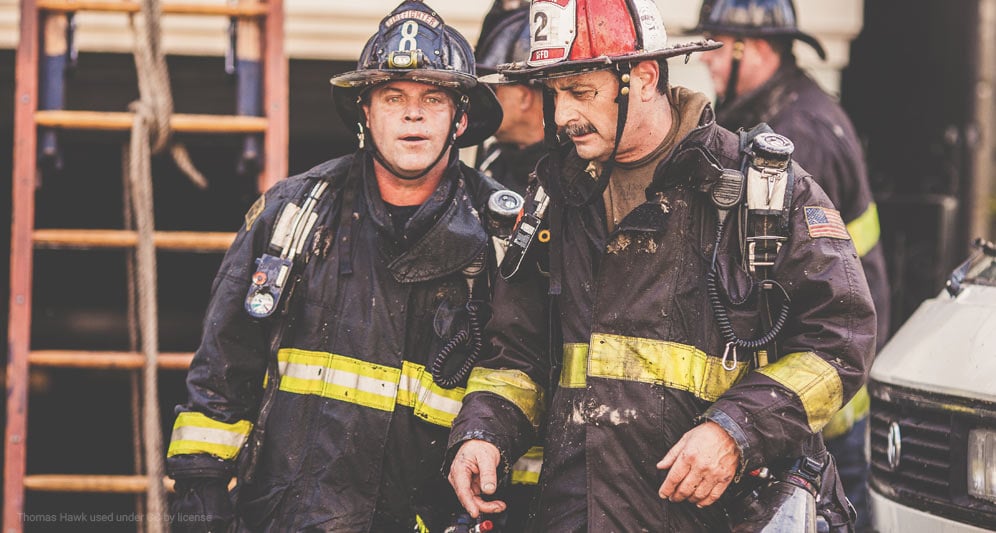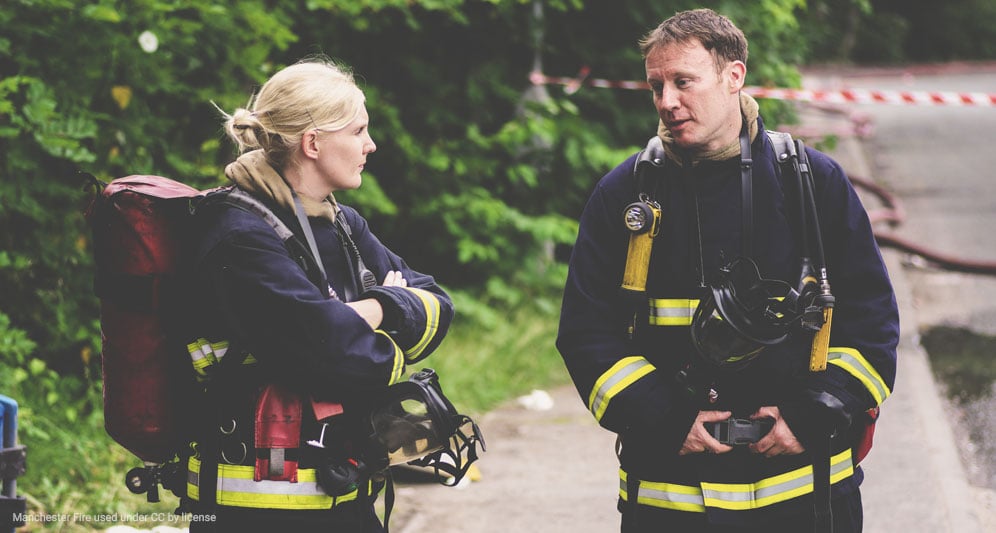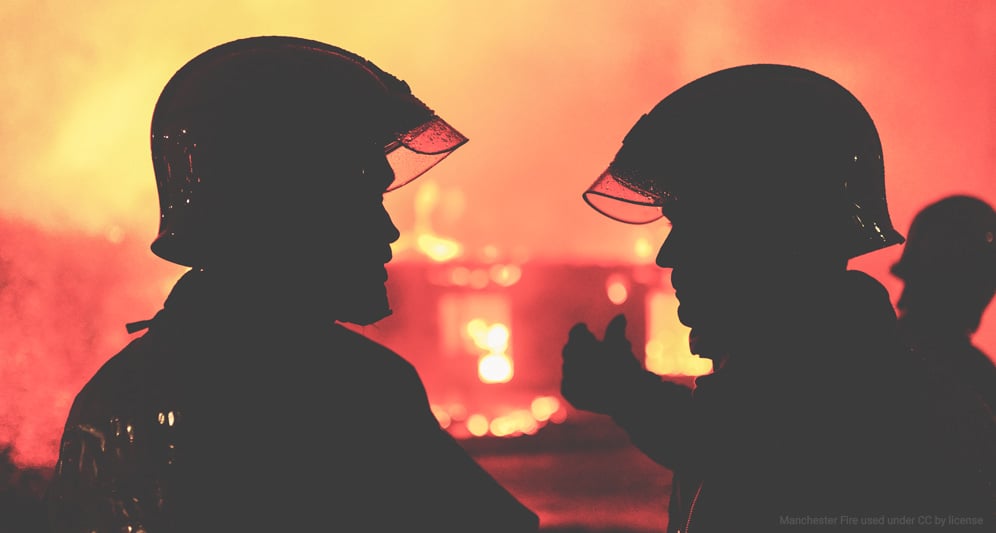Article highlights
As you know, firefighting is a vulnerable vocation. According to FEMA, over 60 firefighter fatalities have been reported as of August 2017.
A renewed focus on communication is one way to ensure safety. How you communicate can quite literally be a matter of life and death. For this reason, it is of utmost importance to be strategic when addressing your fireground operations and communications.
Sean Stumbaugh, the battalion chief with the Cosumnes Community Service District Fire Department in Elk Grove, California, says communication is a core aspect of reducing this number. It can also keep your daily fireground operations smooth.
“Standardizing communications is part of the ongoing effort to reduce the 100 line-of-duty fatalities the fire service suffers annually,” he wrote in Fire Engineering Magazine.
“A good communications plan helps us stay out of trouble and enhances accountability, coordination, and fireground skills. Effective communication is fundamental to a coordinated, successful attack.”
One of the most effective ways to improve fireground operations is to leverage new technology.
The right equipment can help firefighters relay important messages and keep track of one another. It can also ensure firefighters go into the situation with the information they need for maximum safety.
Beyond the technology itself, it is crucial to develop clear policies and procedures around its use.
For example, if you have all the latest cutting-edge technology but no one knows how to use it properly, it will do you no good.
Similarly, if you do not train your employees on best practices regarding technology use, you are at risk for compromising safety in vulnerable situations. Only when everyone is on the same page will your department perform safely and effectively on the field.
If you want to improve your firefighting strategies and tactics, start with how you communicate. Here are a few examples of new technology and best practices to help streamline fire communication.



